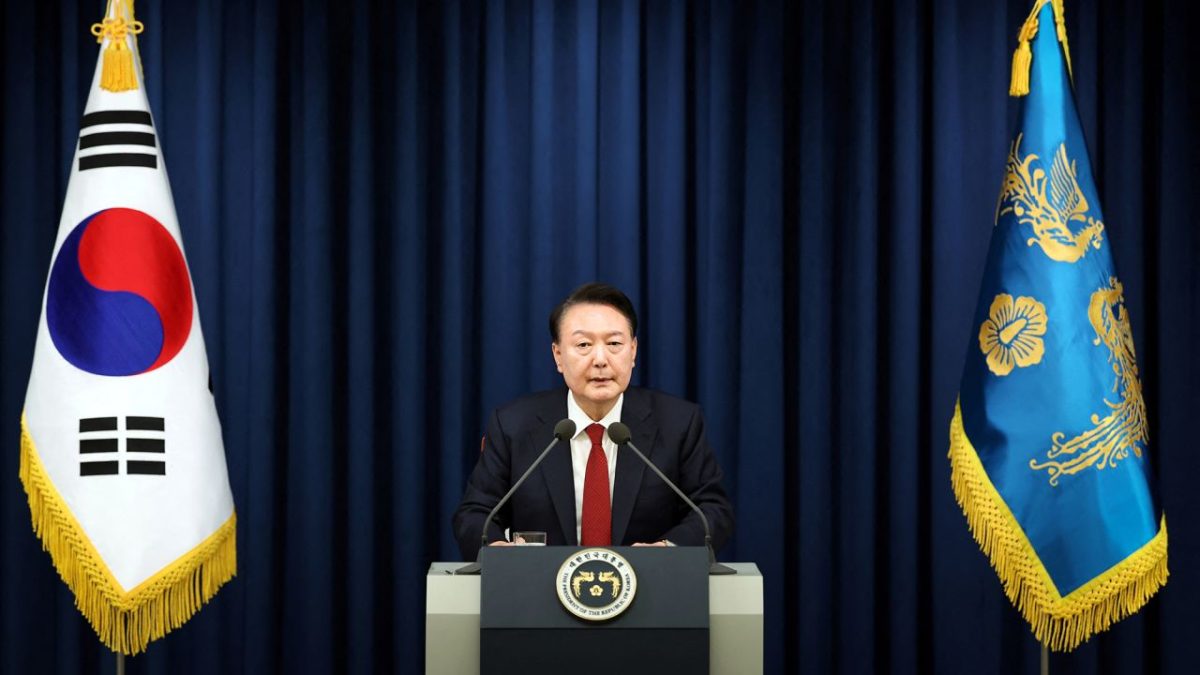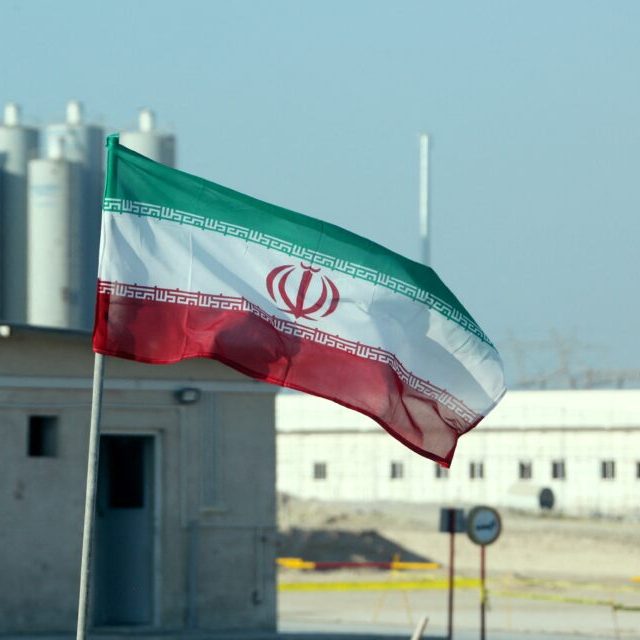Today, when the Democratic People’s Republic of Korea (DPRK) or North Korea is mentioned, oftentimes one of the first things thought of about this authoritarian state is its nuclear weapon possession. But how did this nation develop such destructive devices despite its severe economic inadequacies, and, more importantly, what is the current situation of North Korea’s nuclear program?
To begin, it is believed that North Korea began research on nuclear technology in the 1950s, as in 1952, Kim Il-Sung founded North Korea’s nuclear program with the establishment of the Atomic Energy Research Institute and the Academy of Sciences. Later on, in 1956, North Korea signed a joint research agreement with the Soviet Union, which helped train North Korea’s nuclear scientists and technicians, while also assisting in constructing the nation’s first nuclear reactor and the Yongbyon Nuclear Research Center in the 1960s. North Korea pursued many of its nuclear ambitions independently. But it did request nuclear technology from Beijing after China conducted its first nuclear test. During the 1970s, North Korea expanded its nuclear capabilities, such as acquiring plutonium reprocessing technology from the Soviet Union. However, to receive further Soviet assistance towards its nuclear ambitions, the Soviet Union pressured North Korea to sign and join the Nuclear Nonproliferation Treaty (NPT) in 1985.
During the early 1990s, North Korea agreed to multiple commitments to denuclearization, such as the South-North Joint Declaration on the Denuclearization of the Korean Peninsula with its southern neighbor, the Republic of Korea (ROK), and a trilateral safeguards agreement with the International Atomic Energy Agency (IAEA).
However, in 1992, North Korea declared to the world that it did possess nuclear materials, even though much of the world already suspected such developments. During this time, the IAEA continuously demanded that North Korea be transparent with its nuclear developments in 1993 the IAEA director, Hans Blix, stated that the IAEA could no longer ensure that North Korea was not attempting to produce nuclear weapons as the CIA reported during the same year that North Korea had enough weapons-grade plutonium to build one or two bombs. Tensions were rising as North Korea continued to make IAEA inspections of its nuclear facilities difficult, especially when North Korea withdrew from the IAEA in 1994. The United States and other countries placed economic sanctions on North Korea in response to these developments.
Then on July 8, 1994, Kim Il-Sung died unexpectedly, and the nuclear program fell into the hands of his more nuclear-ambitious son, Kim Jong-Il. In 2002, North Korea admitted to having a secret, large-scale nuclear program, which later prompted the nation to withdraw from the NPT in 2003. Though North Korea had already expressed its intentions of leaving in 1993, and later in 2003, North Korea revealed to the United States during trilateral talks with China that it possessed nuclear weapons.
On October 8, 2006, North Korea conducted its first nuclear test, although two days earlier the United Nations Security Council warned that such developments would meet severe consequences. In 2009, North Korea conducted its second test, resulting in the strengthening of economic sanctions against North Korea by the UN. Then, on December 18, 2011, Kim Jong-Il died of a heart attack and was succeeded by his son, the current leader of the DPRK, Kim Jong-Un. In 2012, North Korea agreed to suspend its nuclear tests, but later that same year, North Korea first failed, but then successfully launched a long-range missile, and soon conducted a third nuclear test in early 2013, furthering condemnation and trade sanctions by the UN. In early 2016, North Korea conducted its fourth nuclear test, where the authoritarian state claimed it had successfully produced a hydrogen bomb. Later that same year, North Korea conducted its fifth and strongest nuclear test so far.
In 2017, North Korea launched its first intercontinental ballistic missile that landed in Japan’s exclusive economic zone. Then, North Korea successfully detonated a hydrogen bomb that yielded the nation’s strongest nuclear test to date, in turn, as expected, furthering condemnation and even harsher sanctions by the UN.
But then in 2018, North Korea demonstrated a willingness for denuclearization talks and announced later that same year that it would end its nuclear tests. North Korea has not tested any nuclear devices since then. Talks of denuclearization were furthered as North and South Korean leaders met at the border in Panmunjom, while the first summit between the US president and the leader of North Korea was held in Singapore between Donald Trump and Kim Jong-Un. In 2019, Donald Trump became the first president to visit North Korea; however, the talks failed as the parties could not agree.
In 2021, North Korea tested its first hypersonic missile and its submarine-launched ballistic missile in the same year. In 2022, China and Russia vetoed a draft resolution proposed by the United States to further sanction North Korea, in turn demonstrating a division in the council over the UN’s punishment of North Korea’s nuclear tests in 2006. By the end of 2022, North Korea had set a record number of missile tests in a year in its history.
Today, there are growing concerns that North Korea will resume its nuclear tests as talks have largely been dormant since Donald Trump attempted to negotiate with Kim Jong-Un toward a goal of denuclearization in his first term. Today, it is estimated that North Korea possesses about 50 nuclear warheads and that its missiles have a maximum range of 15,000 km. Based on the history and consistent pattern of denuclearization and nonproliferation negotiations with North Korea starting up only to end in failure or lead to nowhere productive, many doubt the prospects of actually persuading North Korea to stop its nuclear pursuits through diplomatic means.








